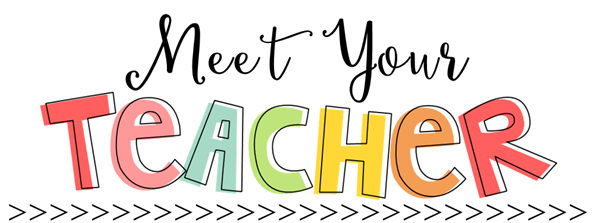Today's bell ringer was a "Guess My Number!" challenge. Students could work together as a table group to determine the answer using mathematical clues. I had a few successful students, but as this was our first attempt, I was just happy that they willfully attempted the challenge!
Lesson Frame
- We will learn how our math class will look as we work in small groups rotating through working with Mrs. Dittrich, working independently on TTM, and working in a small group on math activities chosen specifically for our group.
- I will summarize the relationship between the Social Contract, Secret to Success, and mindsets as we work through rotations.
Lesson
We only spent a few minutes discussing a rotation schedule. It is very abstract to discuss something that will happen in the future. However, we talked about what it will look like and I showed them a sample of our schedule:
Next we spent time adding some notes to our math journal using the assignment "Fifth Grade Builder's 1".
- First we cut off the bottom section titled "Vocabulary" and taped it to the back of the front cover for easy access. This will give them a reference for the next time these same words appear.
- Next, we created a GEMDAS (order of operations) page. Order of Operations will show up on every FGB for a while, so it was important to take time to explain it effectively.
- Finally, we created a Coordinate Graphing page. We cut out and glued down the color coded example we made yesterday. Again, this is for reference as they will be asked to label these types of graphs again.
Next, we moved to today assignment, Fifth Grade Builder #2. A new set of vocabulary words meant that we spent time defining them correctly. Tomorrow we will add this to our journal.
The remainder of class time was given to completing FGB2. Students were more successful with the long division, but I am still catching errors when it comes to subtracting across zeros.
Close
To wrap up, I asked my classes to summarize the relationship between our Social Contract, Secret to Success, and growth mindset as it connects to our using rotation stations.










